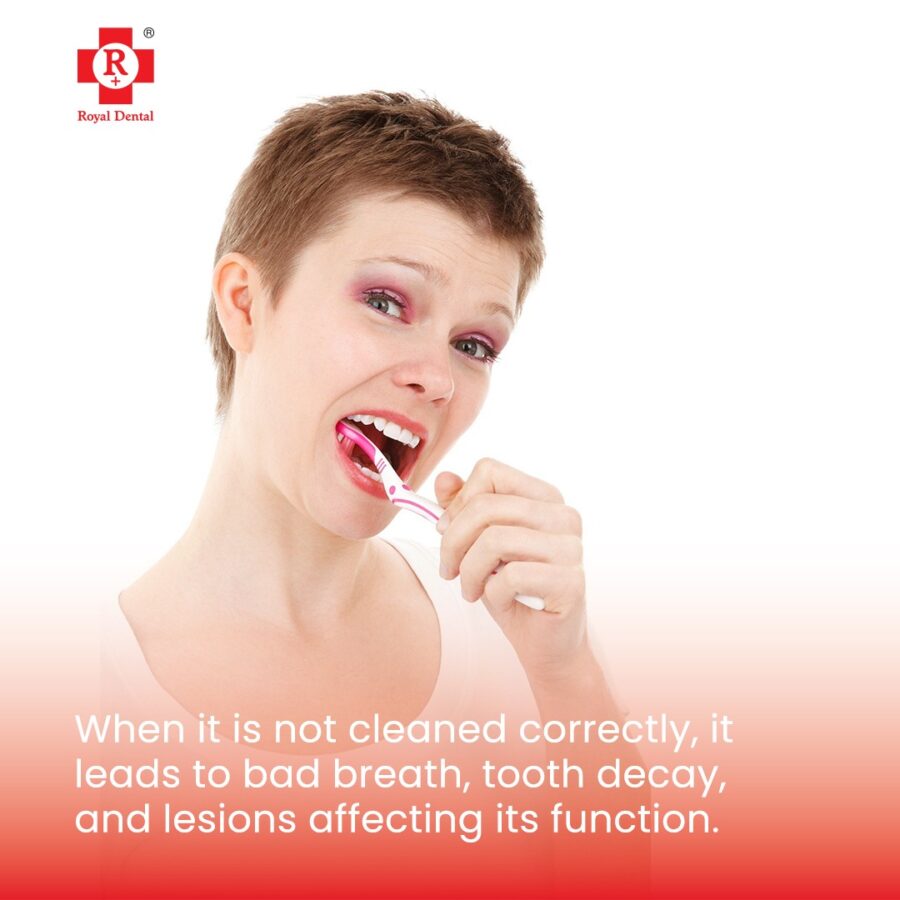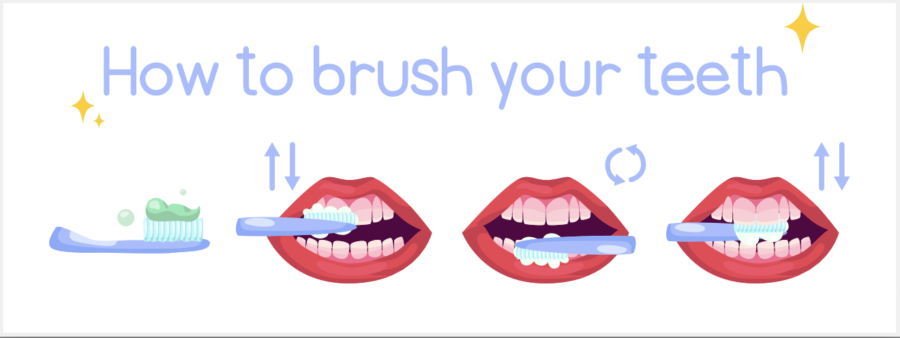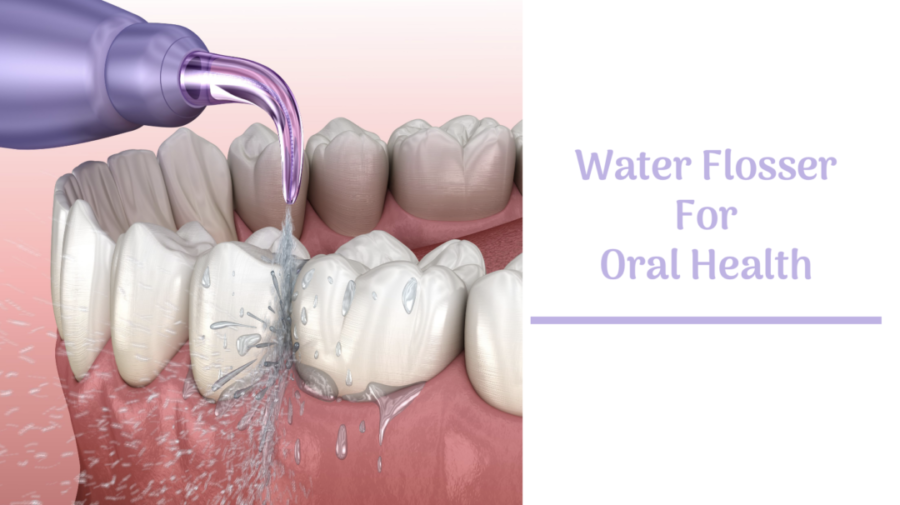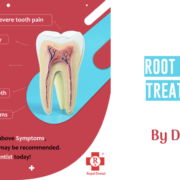Having a clean mouth is important for your general health and well-being. It’s also essential for preventing cavities, gingivitis, and plaque buildup that can lead to other oral diseases. When you learn how to toothbrush your teeth properly, you reduce the risk of having discoloured or brittle teeth, along with stained and sensitive gums. Fortunately, there are many different ways to brush your teeth correctly. By following these simple tips, you can keep your pearly whites healthy at any age. Taking just a few minutes each day will make a big difference over time and help prevent cavities and other problems.
For the best cleaning action, hold your toothbrush at a 45 degree angle and focus on the gum line. Use gentle circular motions to brush the outsides, insides, and chewing surfaces of every tooth. And don’t forget to brush or scrape your tongue before you’re done!
The right tools for the Tooth brushing
There are a few things you’ll need before you start brushing your teeth. Take these guidelines into consideration so you’re prepared next time you want to keep your teeth healthy and clean.
Toothbrush – You’ll want to select a soft-bristled toothbrush made with nylon. This helps to prevent bleeding and damage to your gums, which can occur when brushing with a hard-bristled toothbrush.

Toothpaste – Make sure your toothpaste contains fluoride. This helps to prevent tooth decay and cavities.
Flossing – You’ll want to floss at least once a day if you want to reduce the chances of cavity-causing bacteria from settling in between your teeth.
Rinse your mouth with water and brush your tongue
You can start by rinsing your mouth with water. This helps to remove bacteria and any food particles that may be attached to your teeth. After you rinse, use your toothbrush to brush your tongue. This also helps to remove bacteria and food particles. Don’t forget to brush your teeth after you have rinsed your mouth and brushed your tongue.

If you want to make sure your teeth are as clean as possible, you can use an anti-bacterial mouthwash. Make sure to thoroughly rinse the mouthwash out of your mouth after a minute or two. To make sure you’re brushing your teeth correctly, use a tongue scraper. This will help to remove bacteria that may be stuck to the back of your tongue. Most tongue scrapers come with a small brush so you can also remove any food particles that may be stuck to your teeth.
Brushing your teeth in small circular motions
When brushing your teeth, make sure to brush in small circular motions. This helps to remove plaque and bacteria that may be in your teeth and gums. When brushing your teeth, make sure to thoroughly brush each side of your teeth, including the back teeth. You may want to use an anti-gingivitis mouthwash to help reduce plaque buildup. Mouthwash is an excellent product for cleaning your teeth and gums.
Brush your teeth for at least two minutes so you can thoroughly remove plaque and bacteria from your teeth. This can help to reduce your risk of developing gum disease and tooth decay. If you have sensitive teeth, you may want to use a soft-bristled toothbrush. You can also buy special toothpaste made for sensitive teeth and gums. Avoid brushing your teeth too hard or brushing your teeth too quickly. You don’t want to damage your teeth or gums.
Don’t forget to clean behind your teeth
If you want to keep your teeth healthy, you’ll also want to clean behind your teeth. You can do this by flossing at least once a day. If you want to make flossing easier, you can use dental floss or string floss (which you can use with one hand). When you’re finished flossing, make sure to throw out the floss. You don’t want to contaminate your teeth or gums with bacteria from previous use. If you have a hard time using dental floss, you can use a toothpick or the other end of your toothbrush to clean behind your teeth.

Floss once a day | Teeth brushing
You may want to use dental floss or string floss once daily to keep your teeth and gums healthy. If you have gum disease or trouble cleaning between your teeth, you may want to floss more often. Make sure to floss before brushing your teeth to help remove bacteria and food particles from between your teeth and gums.
When you floss, start by wrapping the floss around two teeth. Then, slowly pull the floss between the teeth so you can remove trapped food. Make sure to go as far as you can without hurting yourself. If you have a hard time using dental floss, you can use a piece of string floss. String floss is easier to use for people with a lot of teeth or those who have trouble bending over.
Add Vitamin D to your diet for teeth
Vitamin D is vital for your overall health and well-being. It can also help you to maintain healthy gums. Vitamin D is a vital hormone that can be found in certain foods. A deficiency in Vitamin D can cause your gums to become thin and brittle, which is a clear sign of receding gums in the future. Vitamin D deficiency can have a significant impact on your overall health, but there are many ways to prevent this.
When you are deficient in Vitamin D, your teeth and gums are in danger of becoming permanently weak and brittle. This is because Vitamin D is essential for healthy teeth and gums. There are many ways to increase your Vitamin D intake to maintain healthy gums. If you are already experiencing receding gums, you can take Vitamin D supplements to ease the pain and strengthen your teeth and gums.
Conclusion
Brushing your teeth every day is essential, but it’s not enough to keep your mouth healthy. You also need to clean between your teeth to remove bacteria and food particles that can cause gum disease. To keep your teeth and gums healthy, you can use an anti-gingivitis mouthwash. You can also use dental floss or string floss once a day to clean your teeth. You can also use a toothpick or the other end of your toothbrush to clean behind your teeth.






